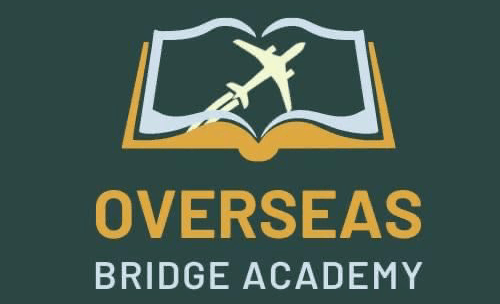The U.S higher education system has a number of appealing characteristics and one of the most alluring one is the flexibility provided by the number and type of institutions it embraces. This diversity provides students with the opportunity to specialize in different disciplines and pursue professional training. More than 4,000 accreditation bodies make up US higher education in the United States. Higher education institutions in the U.S are not centrally operated or organized, like most countries, but are accredited at the national or regional level by an independent accreditation body.
Different types of institutions offer higher education degrees. For example, the Liberal Arts Institute offers courses in the Arts, Humanities, Languages, Social Sciences, and Natural Sciences. The majority of liberal arts institutions are privately owned. Private universities are financed by a combination of funds, graduate donations, research grants, and tuition fees. Private universities are generally smaller in size compared to public institutions and may have religious affiliations or gender-separated schools.
Community colleges are a second option, with a two-year associate degree program to develop students to continue studying for a bachelor’s degree or to acquire specialized skills to get a job right away. A state university, also known as a “public university,” was founded and subsidized by the state government to provide affordable education to state residents. Public universities generally provide access to research opportunities and courses in a variety of research disciplines. These universities are usually large and generally accept a wider-range of students than private universities. Each student’s interests guide their choice from many possibilities.




